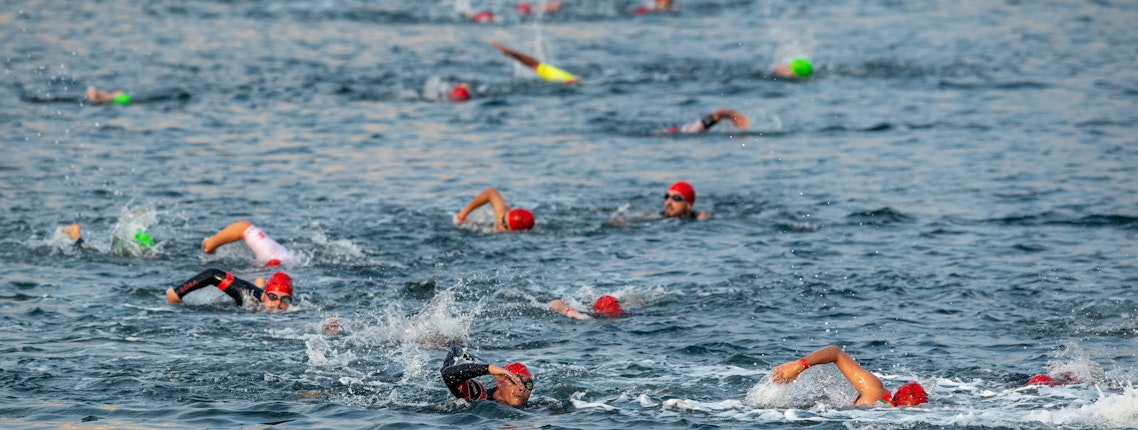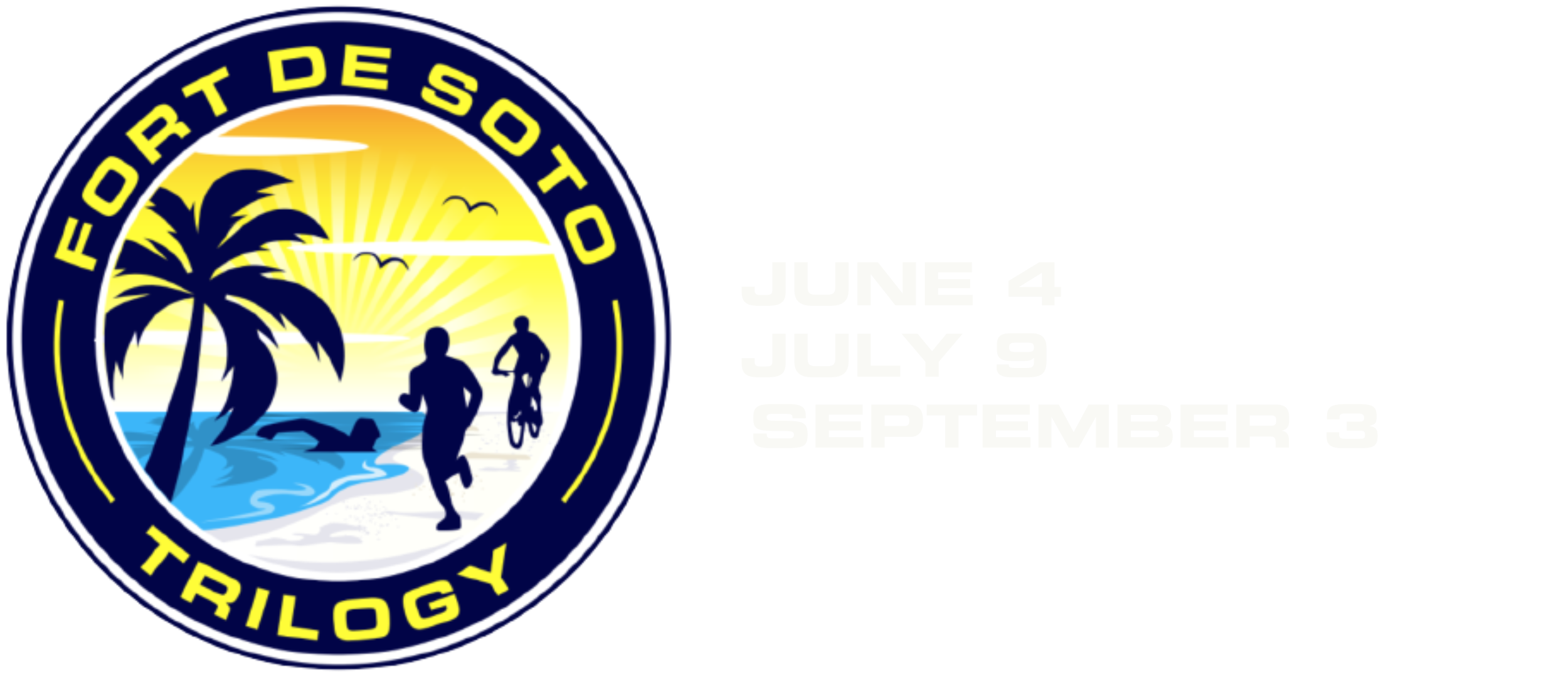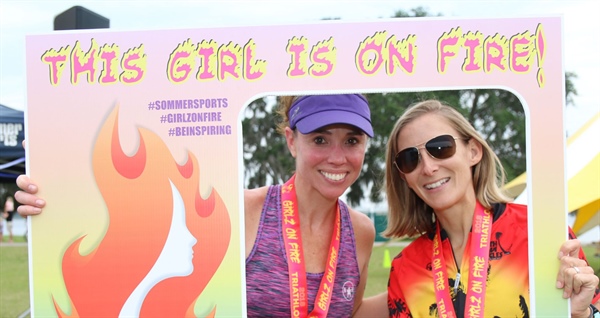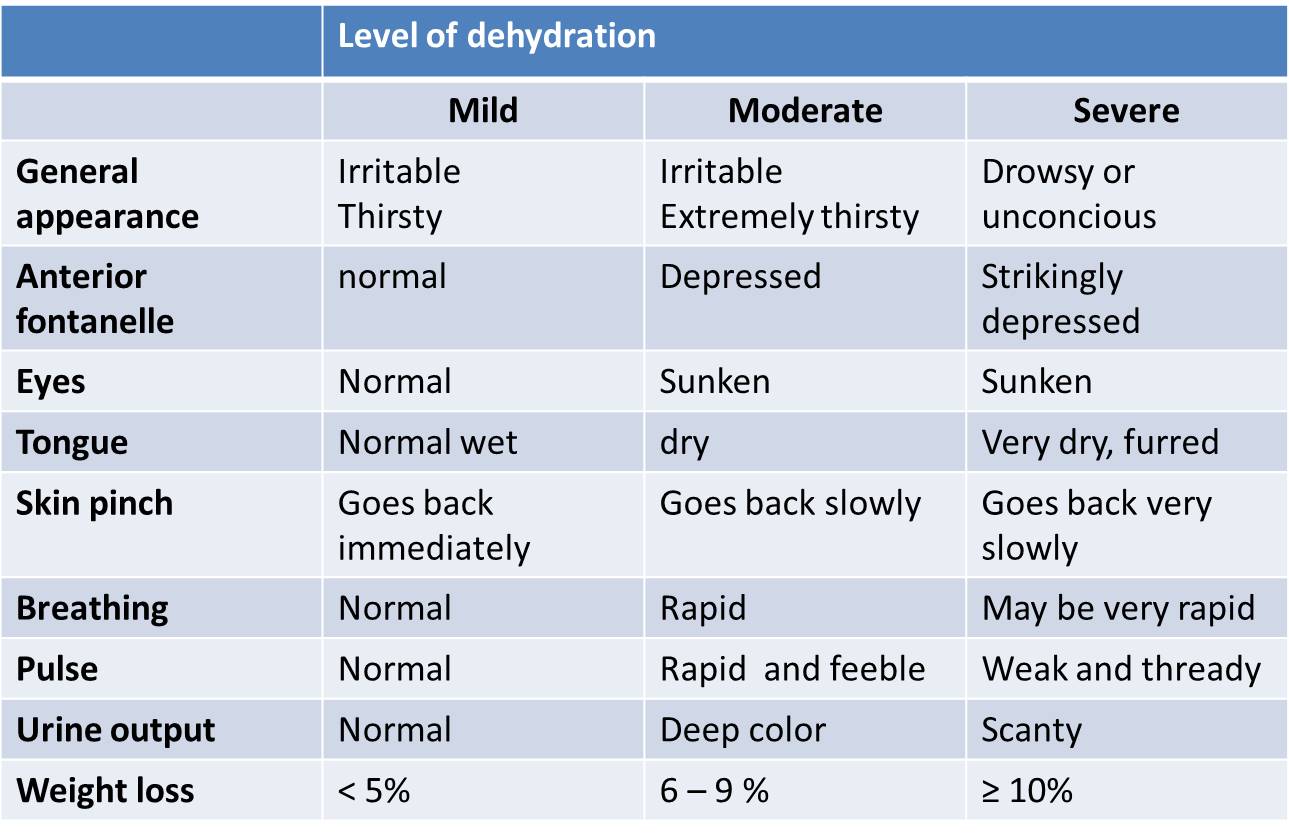October 2021
On October 13, 2021, I was diagnosed with DCIS HER2+ ER- PR-. This diagnosis was particularly lucky because the drugs they developed around 2000 changed this diagnosis from a death sentence to one of the most curable and treatable types of cancer. While luck and cancer are rarely in the same sentence, I want to be clear that I certainly did NOT feel lucky about this diagnosis despite my doctor's optimism. My tumor was fairly large and I had a spot on my liver. All of this was rapidly determined, as well as surgery to insert a port all occurred prior to my first infusion on November 16.
Athlete's Perspective.
Through all these treatment events, I walked daily about 3-4 miles no matter how badly I felt. This appears to have helped me to endure and recover better than most according to my doctor. I also read all blood tests and worked hard to fix my diet to help mitigate the impacts on my body chemistry through nutrition, even when food was not very fun.
Treatment plan:
6 rounds of chem every 3 weeks; Tamoxifen, Carboplatin, Herceptin, Perjeta, plus an injection of Neulasta 24 hours after chemo.
1 month preparation
Mastectomy, right side removal of breast, skin, and lymph nodes. (this was under discussion for quite a while and I managed to find a surgeon eventually who helped me get surgery that would help me with my quality of life after everything...not all surgeons care about this)
2-6 week recovery
Radiation 6 weeks, every day plus a possible bonus of 1 week, which I elected to do.
This amounted to about 9 months of treatments.
September 2021
On September 25, 2021, I drove to New York and raced the Toughman long-course aqua bike. This was indeed tough. You ride down a mountain and slowly drive your way back. I did this race in hopes of qualifying for world championships. I came in last in my age group of 10.
November 2021
On November 17 (Wednesday) 2021, I began my chemo treatments. The first four weren't too bad. Well that's relative, I had some nausea and some diarrhea and by the following Tuesday I felt pretty bad, but that was the worst day and I'd recover by the following infusion. I lost my appetite and my taste was very off due to the carboplatin, everything tasted metallic, This continued for 9+ months. I lost 30 lbs during my treatments.
December 2021
Notified that I had qualified for world championships in Abu Dhabi. I talked to my friend who had worked there and he said he'd go with me. I signed up for the shortest race (super sprint) because I had no idea what shape I'd be in by that time. I figured I could just spectate if I couldn't race. I had no idea what it would cost me to be on Team USA. I had to buy a new kit and parade clothes to participate. I decided to rent a bike. This ended up being pretty affordable because I was asked to share with another athlete doing a later race and split the costs. Great bike.
March 2022
Last infusion. Chemo is cumulative so with every infusion the side effects worsened and in the end, I had some serious neuropathy in my hands and feet, high levels of fatigue, and wasn't eating well at all.
Scans showed the cancer was completely gone in my breast and my liver.
April 2022
Traveled to Chicago for my surgery with an all-female team including a plastic surgeon for reconstruction. The male surgeon in Louisville told me to find another surgeon because I was asking too many questions indicating to him that I didn't trust him. The female team in Chicago was awesome, empathic, and very professional. My incision was sewn by the plastic surgeon and it was so delicately done, I have nearly no scar and it's completely smooth. They removed one lymph node through the breast incision so I had no incision in my underarm. Overall I was very happy with how it turned out although I was very unhappy that I had to do this in order to get radiation. The national protocol is that radiation only is given to mastectomy patients. If you skip it, they do not do radiation, which to me seems backward, and according to the radiologist he agreed. He told me that there are studies about the actual effectiveness of mastectomy and some are advocating that we not do it due to the body damage, recovery, and lasting side effects like lymphedema. I have no lymphedema because they did a test of the removed lymph, which showed no cancer so no further removals were required.
Athlete's Perspective
I did walk, missing two days due to surgery and painkillers. I stopped taking painkillers in two days and had no pain at all. I walked 6 miles with a friend on day 3.
Drugs tend to stick around even though the large portion will wash out of your body with water and time, there will be small residual amounts that get stuck in your fat or your joints. Movement and water will help flush these out. Adding Epsom salt and baking soda baths also helps. There are some other detoxing products that I used as well to gather up heavy metals from the scan contrast chemicals. Walking was my go-to activity since I could not swim (infection risk) for this whole time. I wasn't steady enough to ride I felt. I was often dizzy or short of breath and my Garmin with my wrist HR monitor would show me when my HR would rise indicating my body was working overtime even when I didn't feel it. Rest, naps and responding to my body's signals was important.
May June 2022
Recovery...started Radiation at the end of June. I tolerated the radiation pretty well. I didn't really feel a great deal of fatigue. It was fatigue per the normal for that year. I managed to avoid any radiation burns by using frankincense and aloe.
July -August 2022
Radiation ends, recovery of 6-8 week recommended, no swimming.
Herceptin injections continued every 3 weeks until November 9, 2022
September - October 2022
Liver Scan showed I was still cancer free.
Athlete's Perspective:
Started swimming. Boy was I slow. Did Bike to beat cancer, 18 miles. Tried to run but HR spikes were a continuing problem so I decided I'd just have to walk at the race. I continued walking every day and added in biking at Hotworx (Infrared is very helpful for healing and inflammation control), Yoga weekly, and swimming twice a week in my gym pool. (it was only 21 yds so hard to gauge my progress, but I targeted for 14 min on the race swim).
November 2022
Nov 9, last Herceptin injection. Side effects last 3 weeks. Neuropathy is still a real problem on my feet and hands. All very sensitive and hard to do things with my hands, walking sometimes made it worse. Felt like I had a ball of sand in my shoes under the ball of my feet all the time.
Athlete's Perspective
The race was on Nov 26 during Thanksgiving. I signed up for the Thanksgiving buffet and me and my friend prepared for a great 10-day stay in UAE. We would land in Dubai where he'd show me around, we'd drive to Abu Dhabi, see the sites, I'd race and we'd return to Dubai for more days of fun there before returning.
On the day we were to leave, his sister called at 4 AM and notified him that his mother had had a massive stroke and was dying in Cincinnati. I was at his house in Chicago. He and his partner threw clothes, the dog, and food in the car, canceled his airline ticket, and left before 6 AM to try to get there for his mother. They did make it in time for him to say goodbye.
I had to decide if I was going to go ahead on this trip then. Departure was 6 PM that night so I cleaned the house, emptied the garbage, watered the plants, and tried to put it in order so they would come home to a clear place. I talked to my parents who tried to tell me not to go, but my daughter who had been with me through all of this said "YOU'RE GOING RIGHT?" And yes I went. I have traveled overseas alone extensively and felt I could handle it although I wasn't totally 100% myself all the time. Chemo brain is real and it had affected my thinking more than once.
Race week November 23-28
It wasn't an easy trip. I had made virtually NO PLANS for any sightseeing because I knew my friend would show me the coolest stuff. I had to figure out what I wanted to do, figure out how to get the rental car, contact the Airbnb person and meet her..it was weird, I picked up the key in a parking lot from her car. I had a hard time turning off the AC for three days I froze until I finally pushed the right buttons. The toaster was broken. It wasn't terrible but it was lonely. I did manage to join a tour of AbuDhabi and took some awesome photos that I'm turning into artwork now.
Race day was wonderful. I picked up my bike and checked into transition. I decided against training rides or runs knowing I had a limited amount of energy. I did do a practice swim though, the lure of that beautiful bay was too much. I found the swim (salt water) to be quite easy and enjoyed it a lot. Same on race day. I swam it in less than 14 minutes and was thrilled. The trek to the transition was at least 1/2 mile and my feet were not very happy. It was hot, gravelly, and difficult to navigate and I took my time even though some locals were shouting "YOU CAN DO IT USA! RUN!" I laughed and yelled back my feet were very tender. One guy ran with me and encouraged me along the route. I found the UAE locals very supportive obviously.
I got on my bike but right out of the chute, I took a turn that took me off the course. I figured it out pretty quick and turned around and as I was entering the course, some volunteers started shouting "LOOK OUT!" I turned to see what they were shouting about (a guy was coming but he was way back) and I fell into the stanchions. I got a pretty good bruise on my hip but managed to recover and head out successfully. The bike ride was okay. Lots of speed bumps to navigate, and lots of turns, but I wasn't worried about my speed that day. I got off the bike and headed out to the run and knew with the temps so high, I was going to have to walk. I was passed by an 80 yo world champion and managed to come in just after she did. I wasn't upset. Tim (Team USA coordinator) caught me as I neared the finish chute, gave me an American Flag and I crossed the line, crying and smiling at the same time.
Final Thoughts August 2023
This race kept me going through all my treatments. I'd visualize myself running the race and away from cancer regularly. It kept me walking every day because I knew I needed to stay as healthy as I could to be able to race in November. I'm proud of what I went through and how it turned out. Today I'm on "cancer watch" for the next years and every twinge is a bit scary but I'm continuing to train and move forward despite that. I've done 9 races this year, qualified for worlds again next year in Malaga Spain, and feel pretty good.
My doctor is amazed at my recovery. I think my fitness level prior to the start of treatment (from triathlon) was a better place to begin than most have. But my focus on remaining healthy, detoxifying, and moving through treatment helped me to tolerate and recover much faster than most.
When I lost my hair, after fooling with wigs and scarves and getting annoyed and lots of pitying looks, I decided to embrace my baldness and got a henna tattoo on my head. Then I got admiring compliments and lots of positive feedback. I think embracing what is happening and making the best of it helps your mental health as well.
I also took advantage of all the support UL Health offered in Acupuncture, massage, art and music therapy, a photo session, etc. I tried to continue to live normally and looked at that year like I would training for an IM or a marathon. You know it'll be tough at times, but you have a goal to achieve by getting through it.
My goal was to race in Abu Dhabi. I did it.


















